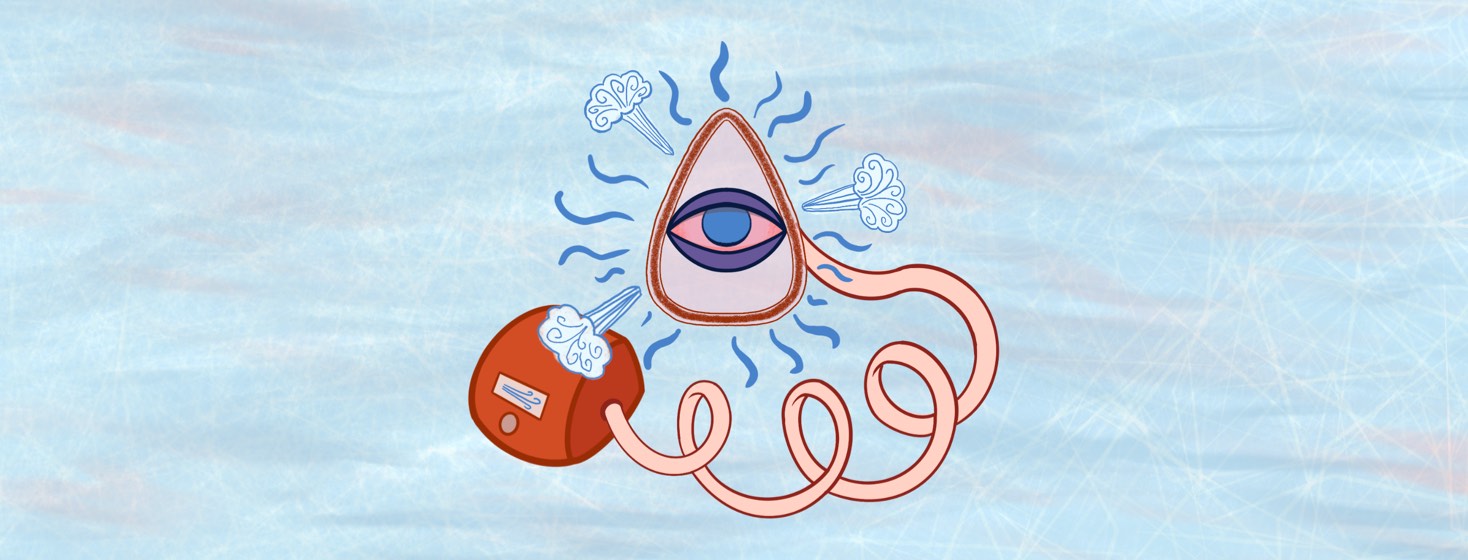Using a CPAP and Solving My Problem With Dry Eyes
I celebrate every night that I'm able to use my CPAP. However, last week I started waking up with my eyes red, irritated, and dry.
Initially, I wasn't sure what was causing this and thought it could be my allergies. So I started taking my allergy medicine and using eye drops for allergies.
However, after using both, I was still waking up with my eyes really irritated. I couldn't figure out what was causing it until I looked at the myAir app.
A connection between my dry eyes and apnea events
I noticed that on the mornings I was waking up with dry eyes, I was having more events per hour – the mask was leaking. My first thought was to schedule an appointment with my eye doctor because the quick fixes I had tried weren't working.
When I called the doctor, my eyes weren't red or dry at that moment, and the first available appointment was 46 days away. The dry eyes would come and go; I was looking at the myAir app after waking up with dry eyes again and noticed the events per hour were super high that night – like 5 events per hour – and it usually averages around 1 event per hour for me.
Trying a Tempur-Pedic sleep mask
To protect my eyes at night, I first purchased a Tempur-Pedic sleep mask because it was supposed to provide darkness, stay cool, and be comfortable, according to the product description.
Well, the first night with it, I hated it. It was bulky when mixed with my headgear, and my mask was super uncomfortable. For me, the only redeeming quality was its weight. But my son liked it and started using it.
This sleep mask might work better if you are using nasal pillows, but with a full-face mask, I did not find it to be the most comfortable. However, it provided a good amount of weight along with the protection.
Trying a nighttime eye ointment
Before bed, I started using Systane Nighttime Ointment. It's a thick gel but a tiny drop on the inside of the bottom eyelid of each eye at night helped me a lot with the dry eyes caused by CPAP.
It is a very thick ointment, and a tiny dab is all I needed. The first night I tried it, I put way too much on and I could feel it moving as I blinked my eyes. While it helped, I still needed additional protection for my eyes from the air leaks.
After spending money on an expensive eye mask, I went to Dollar Tree and got a satin eye mask. It is thick and soft. It feels comfortable even with my headgear on, and since using both, I haven't woken up with dry pain in my eyes.
Adjusting to living with sleep apnea
Using the CPAP isn't without challenges; it takes some adjustment to make the best of it. The leaking air from the mask caused my eyes to dry out, and even the venting air on the top hose and the front of my facemask has caused my husband some issues with dry eyes.
Now, we both wear satin eye masks, and they help protect us both from the air blowing in our faces.

Join the conversation